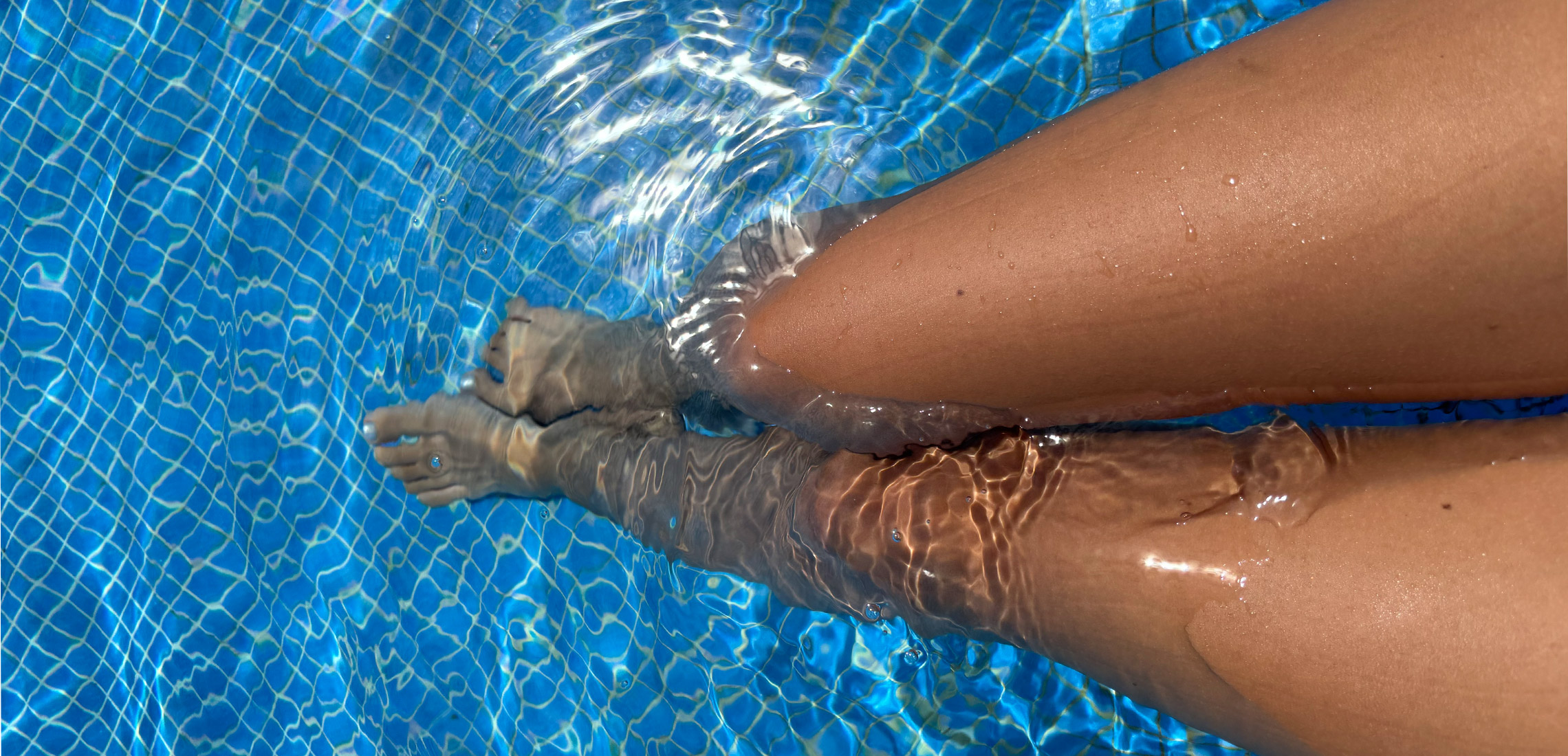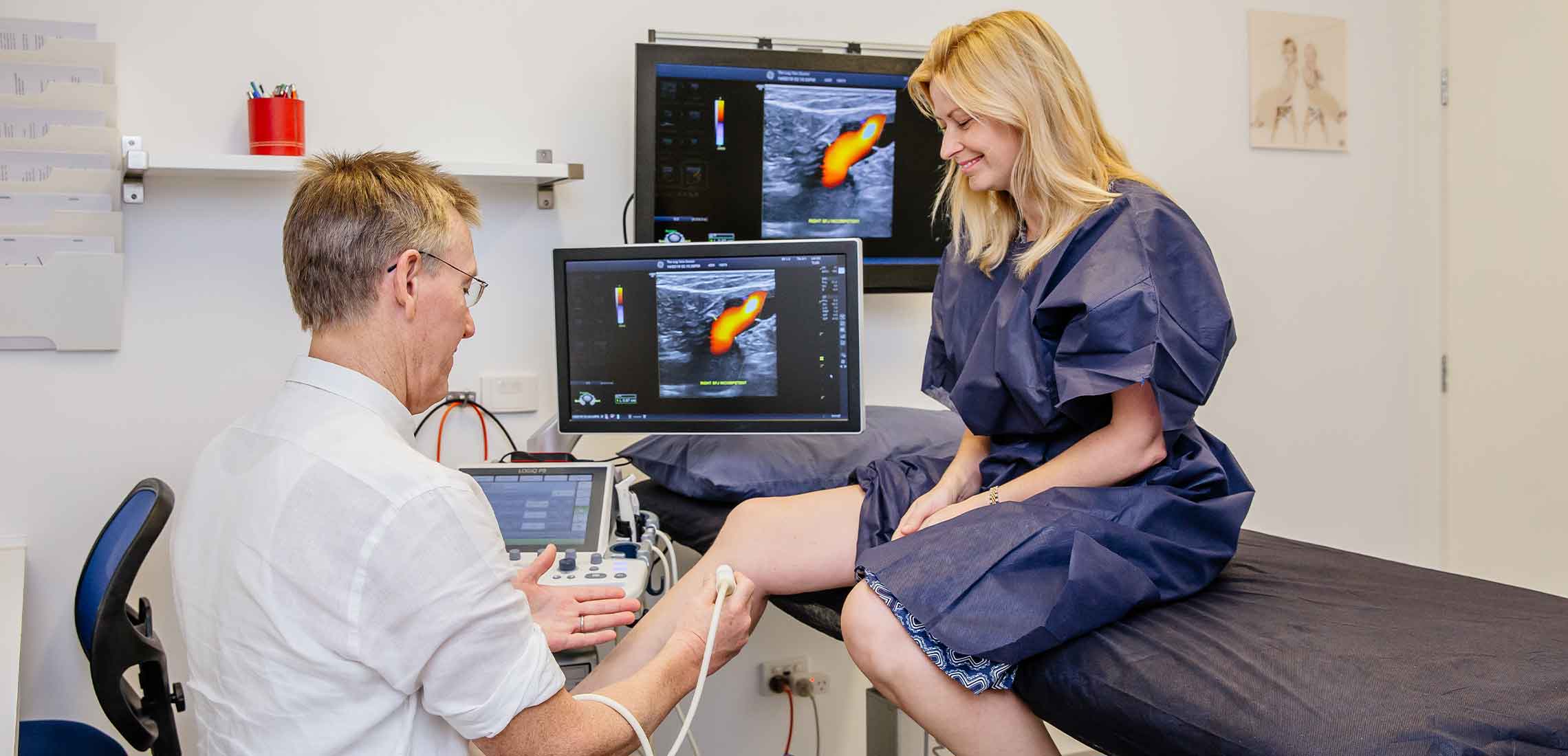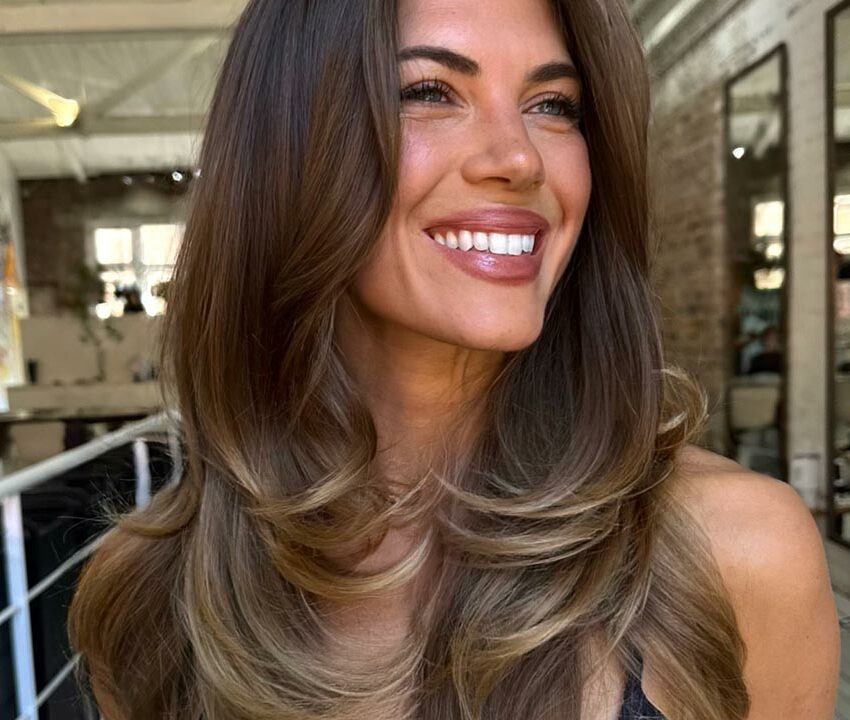
We Asked An Expert How To Kick Spider Veins To The Kerb
Don’t be vein
They say beauty is pain, but thanks to the latest innovations in cosmetic care, there are also plenty of ways to treat your woes away. Case and point? Spider veins!
While rugging up in winter might have had you embracing an ‘out of sight, out of mind’ way of thinking, brushing off your summer wardrobe can also double as a timely reminder of the spider veins you’ve been keeping tucked away behind floor-grazing hems. Whether they’re causing discomfort or simply something you’d rather not see the light of day, spider veins can often stand in the way of your best self.
But that ends now! When it comes to getting a leg up on spider veins, no one does it better than Brisbane’s leading phlebologist Dr Nicholas Kemp, aka The Leg Vein Doctor. Below, we asked Dr Kemp to explain what spider veins are, how to treat them, and how to prevent them, so you can step into summer with confidence:

First, let’s understand veins…
Healthy veins are ‘one-way streets’, allowing blood to flow in one direction only. The heart pumps blood through arteries to the entire body. Blood is then returned to the heart through the veins. The contraction of the leg muscles acts like a pump to move blood up the veins, against the force of gravity. The valves in the leg veins prevent the backflow of blood down towards the feet.
Abnormal veins have weak walls. These veins collect and contain more blood than normal veins, causing distension in the vein. Because of this pressure, the valves no longer function properly, which causes a leakage in the affected vein.
What are spider veins?
The smallest type of abnormal vein is technically called telangiectasias but is usually referred to as spider veins – these are fine red capillary veins seen on the surface of the skin.
Spider veins are quite common and generally not harmful although some patients report that they can cause an ache and discomfort in the legs. Sometimes they can be very extensive and cause a great deal of distress for patients because of their unsightly appearance – particularly in Queensland where we enjoy such warm weather and shorts are a wardrobe staple.
What causes spider veins?
A definitive cause is not known, however genetic predisposition suggests that some patients inherit veins that are more likely to deteriorate. Predominantly seen in women, these veins may worsen with fluctuations of hormones, such as during puberty, pregnancy and menopause, and with the use of birth control pills. Other predisposing factors include ageing, standing occupations, obesity, lack of mobility, previous venous thrombosis, and leg injury.
How do you treat spider veins?
While vascular or surface lasers are suitable for treating spider veins on the face and upper body, there is almost universal agreement amongst experts in the field that microsclerotherapy is the ‘gold standard’ to treat spider veins on the legs.
Sclerotherapy is a long established technique which involves meticulous injection of sclerosant into small venous blood vessels. Sclerosants target only the endothelial cells which layer the inside of the vein wall. These cells are peeled away by the sclerosant allowing exposure of the underlying collagen in the vein wall. This ‘injury’ causes the vein walls to scar and fuse together permanently, closing off the vein and sealing off any further blood flow.
Spider veins are also frequently associated with underlying problems in the deeper veins under the skin. Failure to detect those problems can lead to complications or poor results, so most trained sclerotherapists will recommend a duplex ultrasound before commencing treatment to eliminate any potential issues – especially if there is a family history of varicose veins.
How many treatments will I need?
Most patients require more than one course of treatment, especially if they need treatment on both legs. Patients usually see a 60-80% improvement after one course of treatment, with three treatment sessions spread over three months usually recommended. The process that causes spider veins is a chronic condition, so there is a tendency for them to recur over a period of time. Therefore, a maintenance treatment session may be required every few years – similar to many other cosmetic procedures.
What does the aftercare involve?
Normal activities can be resumed straight after sclerotherapy. Medically prescribed compression stockings are essential to achieve the best results and should be worn for several days for the best results. Heavy exercise should be avoided for two weeks, but walking for 30 minutes a day is encouraged to help healing.
How do you prevent spider veins?
Being mostly hereditary, the only factor you really have control over to slow down your risk of developing spider veins is lifestyle. Maintaining a regular weight, daily exercise, and breaking up long periods of sitting and standing can be beneficial.
Ready to kick your spider veins to the kerb? Book a consultation with The Leg Vein Doctor here.









